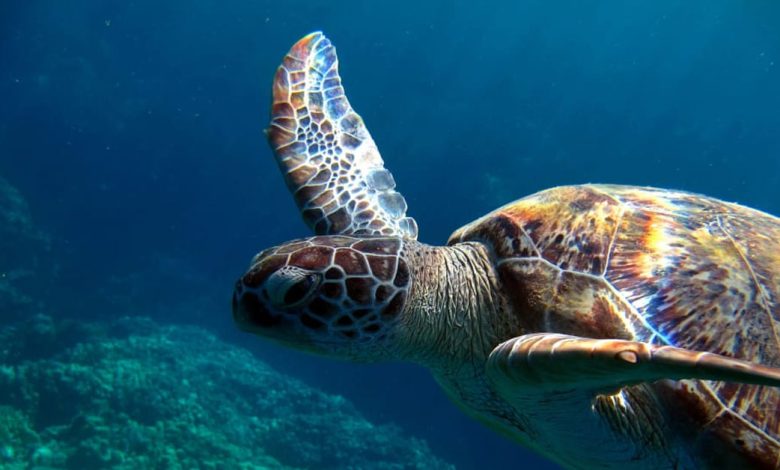Daily Current Affairs for UPSC
Adoption of the High Seas Treaty
Syllabus- International Relations [GS Paper-2]

Context- The High Seas Treaty, or Marine Biodiversity of Areas Beyond National Jurisdiction (BBNJ), was recently approved by the United Nations.
What are the high seas?
- The high seas are defined by the Geneva Convention on the High Seas of 1958 as the portion of the sea that is not included in a nation’s territorial waters or internal waters.
- Simply put, the high seas are the area beyond a nation’s exclusive economic zone that extends up to 370 kilometers (200 miles) from the coast and is where a nation has jurisdiction over living and nonliving resources.
- No nation is answerable for the administration and assurance of assets on the high oceans.
Importance
- The high seas are a hub for marine life because they cover half of the Earth’s surface and cover more than 60% of the world’s oceans.
- There are approximately 2.7 lakh known species in their midst, many of which have not yet been discovered.
- For human survival and well-being, the high seas are essential.
- The high Seas manage the environment by assuming a major part in planetary strength by moderating the impacts of environmental change through its retention of carbon and by putting away sun powered radiation and conveying heat all over the planet.
Background of the Treaty
- The idea of protecting the marine environment emerged in 2002.
- In 2015, the United Nations General Assembly passed a resolution to establish a Preparatory Committee to draft the treaty. By 2008, it was clear that an agreement needed to be implemented.
- The Committee suggested holding intergovernmental conferences (IGCs), and the treaty was approved in 2023 after five long IGC negotiations.
Current Status and goals
- It is a system to safeguard the world’s seas by bringing them under safeguarded regions. After the 1994 and 1995 treaties that established the International Seabed Authority and the Fish Stocks agreement, this agreement became the third to be approved under UNCLOS. Its purpose is to guarantee the equitable and sustainable use of marine resources.
- The “30 by 30” goals that were agreed upon in Montreal, Canada, in December 2022 are seen as having a significant impact on the treaty.
- The global initiative known as “30 by 30” aims to protect 30% of the world’s land and sea by 2030.
- Through international cooperation, the goal of the treaty is to put international regulations into place to safeguard marine life outside of national jurisdiction.
Important Points
- The treaty aims to address critical issues like rising sea surface temperatures, overfishing, coastal pollution, unsustainable practices outside of national jurisdiction, and overexploitation of marine biodiversity.
- Establishing marine protected areas with a “three-quarterly majority vote,” which prevents the decision from being blocked by one or two parties, is the first step in protecting the oceans from human activity.
- The treaty mandates the installation of a “clear house mechanism” in order to ensure an equitable distribution of the benefits derived from marine genetic resources.
- Through the instrument, data on marine safeguarded regions, marine hereditary assets, and “region based administration apparatuses” will be available for access for all gatherings.
- This is to bring straightforwardness and lift collaboration.
- The last mainstay of the arrangement is limited building and marine innovation.
- The Logical and Specialized Body will likewise assume a huge part in ecological effect evaluation.
- In addition to assisting nations with fewer resources for conducting assessments, the body will establish standards and guidelines for assessment procedures.
Opposition
- The treaty was opposed by many developed nations because they support private companies that are leading cutting-edge marine technology research (a small group of private companies hold patents on marine genetic resources).
- Russia and China additionally are not for the deal.
- Russia argued that the treaty does not strike a balance between sustainability and conservation and withdrew from the final stage of reaching a consensus in IGC-5.
Conclusion and Action Plan
- With the settlement on the UN High Oceans Deal, we move forward to safeguard the marine life and biodiversity that are fundamental for ourselves and the ages to come.
- Additionally, it is evidence of enhanced multilateral cooperation.
- The UN High seas treaty is a tremendous positive development. Numerous provisions of the agreement are state-driven and will require significant revision.





.png)



